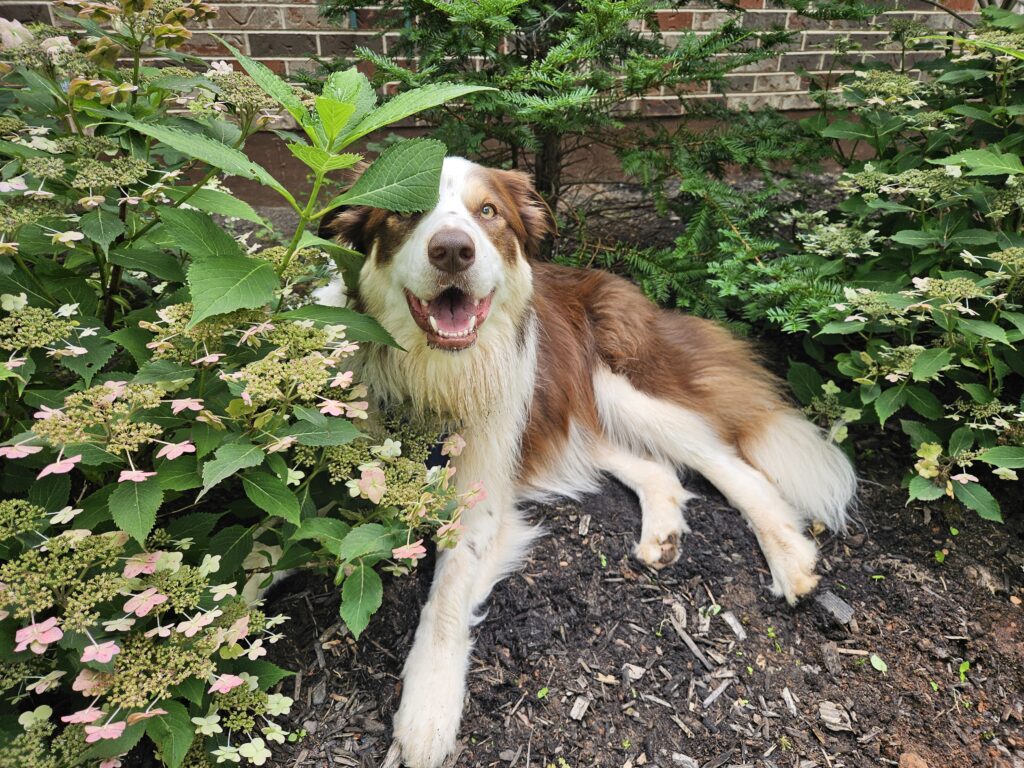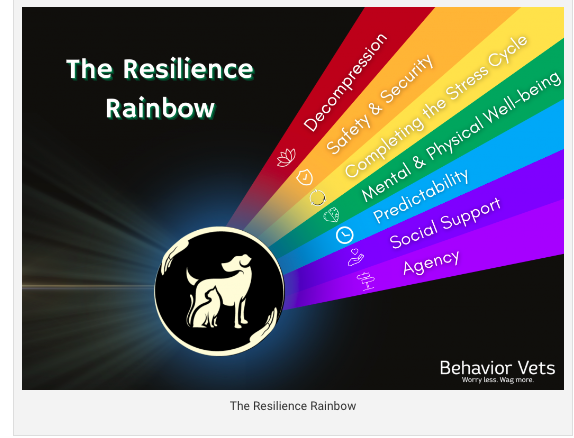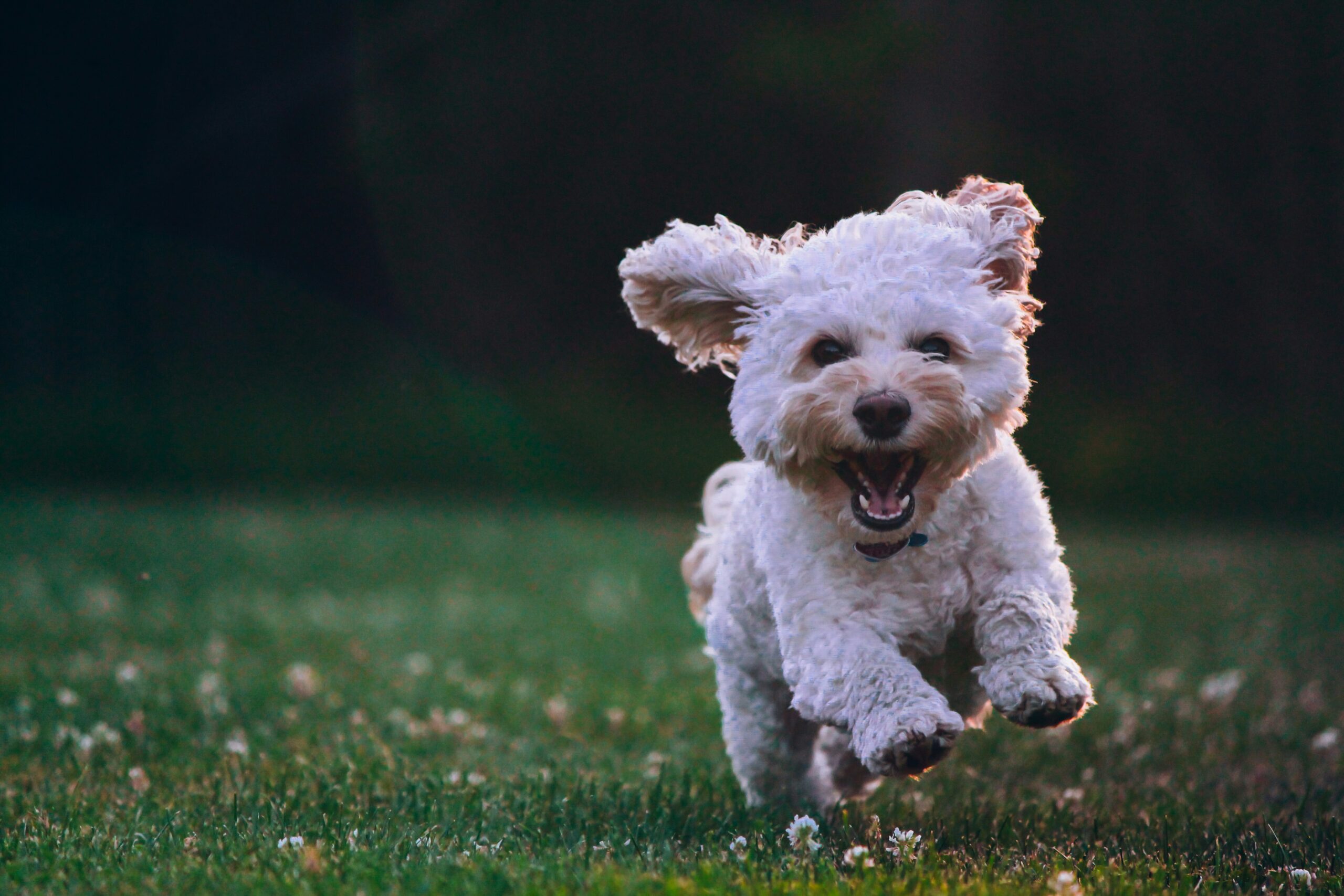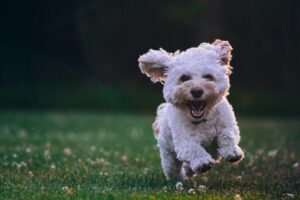
The term “resilience” has recently become a buzzword in the world of human mental health and psychology: over the past 25 years, much research has been devoted to exploring its role in mental health and wellbeing. But did you know that resilience is also crucial for canine health and wellness? There is an increasing body of scientific literature on the phenomenon of resilience in non-human animals and its importance in fostering and nurturing a happy, healthy canine companion. But what exactly is resilience, and how can we help cultivate it in our dogs? Read on to find out more!
What is resilience?
Every sentient creature, from humans to dogs to sloths to slugs, experiences stress from time to time. It’s a natural physiological response to triggers (external and internal) characterized by increased heart and respiratory rates; tensed muscles; and release of hormones such as cortisol. Some degree of stress is normal and can even be beneficial. But too much stress over time can have serious negative health consequences. The key to overcoming and withstanding stress is resilience. Resilience, at its core, is an individual’s ability to bounce back from and adapt to or resist the negative aspects of stress.
In much the same way as we builds physical strength through exercise and conditioning, we can build and foster mental and emotional strength through “resilience conditioning” with our dogs. Picture your dog’s stress capacity as a bucket: daily events fill this stress bucket, and if it overflows, physiological and behavioural changes occur, many of which can be concerning or undesirable. Therefore, managing your dog’s ‘stress bucket’ is vital, especially if your dog is reactive, anxious, or fearful. In fact, you can expand your dog’s bucket (help them adapt to stress) and improve stress release (their ability to bounce back) by focusing on the 7 domains of resilience listed below.
The Seven Domains of the Resilience Framework

Here are the 7 domains of the Resilience Framework, as defined by Bobbie Bhambree, CDBC and Dr. Kathy Murphy, BVetMed DPhil, CVA, CLAS, MRCVS, from Behaviour Vets. As you read through these, think about you and your own dog: which domains do you currently focus on the most? Which ones will help empty your dog’s stress bucket?
Decompression: activities that help reduce stress levels and promote relaxation are known as “decompression”. These include relaxation exercises, nosework/scentwork, free movement and decompression walks in nature, all of which reduce a dog’s mental pressure and stress. Tug games are considered “active decompression”
Safety and Security: creating safe zones and safe, trusting relationships; managing the environment; and establishing trust can help build feelings of safety and security in dogs
Completing the stress cycle: bringing a dog’s cortisol levels back to baseline after stressful events. Activities like tug, play, or vocalization can help complete the stress cycle. Fun fact: the zoomies are a form of self-regulation and a natural way for dogs to complete the stress cycle!
Mental and Physical Wellbeing: this domain includes regular vet check-ups; pain assessments; quality sleep and rest; optimal diet and nutrition; environmental enrichment; and behavioural medication when necessary.
Predictability: a dog’s brain naturally looks for patterns and predictability in their environment and daily routine. Providing patterns, rituals, and predictable reinforcement strategies can greatly reduce a dog’s stress levels. Try using pattern games (LINK) to encourage focus and engagement.
Social Support: positive social experiences and secure social attachments contribute to resilience. Being present and available without being controlling is a way to offer social support.
Agency: refers to an individual’s feeling of choice and control over actions and their consequences. We all like to feel like we are in control and have choices available to us! Allow your dog to make their own choices when it is safe to do so: let them choose which direction in which to walk; which toy they’d like to play with; where they’d like to hang out in the house; and whether they’d like to participate in training or other voluntary activities.
Resilience and Reactivity
For reactive dogs and their handlers, simply leaving the house can be a major source of stress, and those daily triggers/stressful events can quickly cause a dog’s stress bucket to overflow. Understanding resilience is a key component in training and living with reactive dogs: by focusing on resilience, we can better meet reactive dogs’ unique needs and help them bounce back from scary events.
For example, a reactive-dog guardian working on resilience conditioning, may incorporate a post-walk decompression activity (e.g. a snuffle mat, game of tug or fetch) to help their dog settle and complete the stress cycle; or they may substitute the walk for a fun training session (social support; safety and security; mental wellbeing/enrichment) to prevent exposure to triggers. Reactivity training also focuses on building the skill set of the dog and handler so that navigating the world becomes less stressful and anxiety-inducing: this is a great way to build confidence and therefore help the dog adapt and feel less stress overall!
Building Resilience: Where to Start

One of the best and easiest ways to help your dog adapt to and bounce back from stress is a decompression walk: a walk in nature where your dog has the freedom to engage in natural doggy behaviours such as sniffing, rolling, and running, either off-leash (if it’s safe and legal to do so) or on a long line. A “decompression walk” is really just a fancy term for a nature walk, but despite the simple concept, these walks are powerful stress-relievers for both dogs and humans. Aside from decompression, these walks encompass several of the resilience domains at once, including mental and physical wellbeing; agency (dogs can make their own decisions on these walks); social support (hanging out with their humans); and completing the stress cycle. Bonus: these walks are really great for supporting reactive dogs– they can explore the world without running into triggers! Try to aim for 1-3 decompression walks a week with your dog. You will both benefit physically and emotionally!
About the author: Beth Dowbiggin is a professional dog trainer, a Karen Pryor Academy Certified Training Partner (KPA-CTP) and a Certified Family Dog Mediator (FDM) living and working in Prince Edward Island, Canada. She teaches puppy, basic manners, and advanced obedience classes through Spot On Dogs in Charlottetown.

